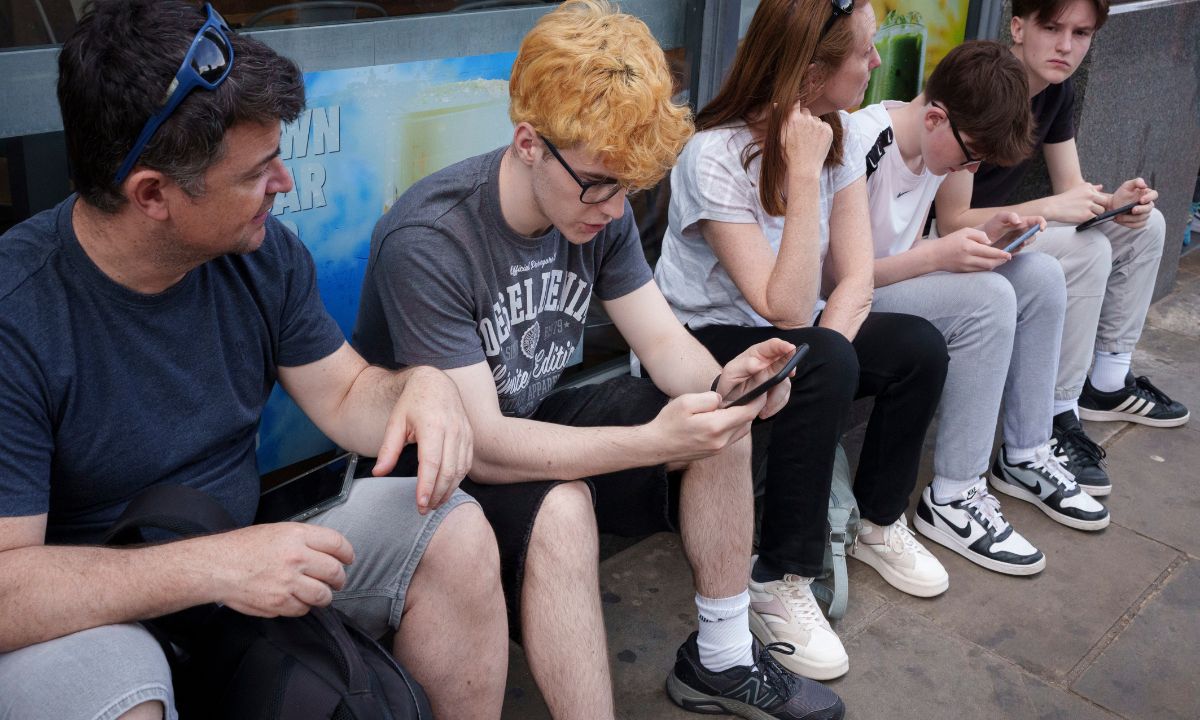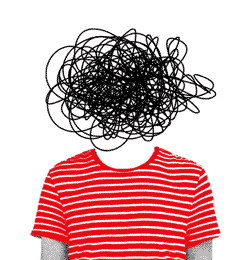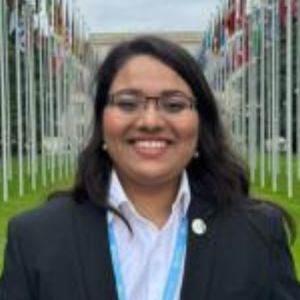We Were Born on Social Platforms. Now We Want a Healthier Internet
Jain: Young people should take the lead in ensuring health information online is trusted, clear, and built for everyone, not just the loudest voices.

Get stories like this delivered straight to your inbox. Sign up for The 74 Newsletter
I grew up online. My friendships, fears, questions about identity and well-being first passed through a screen before they ever reached a trusted adult. That’s true for more and more young people every day. Algorithms and online communities make us feel seen sometimes before our parents do.
This isn’t just about screen time. It’s about our emotional lives being shaped by systems that were never designed with our health in mind. Platforms understand how their design affects us. Governments are beginning to catch on. Too many adults still don’t see what’s happening right in front of them.
Social media platforms have begun to respond.
TikTok, for instance, is partnering with the World Health Organization (WHO) through the Fides Network, a network of healthcare influencers dedicated to raising good health content and fighting misinformation, to amplify credible health voices. This includes redirecting online searches for topics like depression and post traumatic stress disorder to trustworthy sources like the National Institute of Mental Health and the Cleveland Clinic. These steps show what is possible when platforms and public health align.
Pinterest has banned all weight loss ads and promotes body-neutral inspiration boards. YouTube collaborates with health nonprofits to highlight verified content and redirect viewers to professional help. Instagram offers content break tools and resource prompts when certain hashtags are used, such as #selfcare, #mentalhealth, and #takeabreak. These efforts show that platforms can evolve when they listen to the public.
We are not just online. We are alive in these spaces. Many of us take care of each other when institutions fall short. From WhatsApp support groups to creators addressing burnout, we’ve built a vast, informal support system. It’s powerful. It shouldn’t be our only one.
That’s why I joined the WHO Youth Council, a group created to bring youth voices into the center of global health decision-making. We share with WHO leadership the realities of youth digital experiences, including mental health and taboo topics.
For example, we’ve highlighted how young people turn to digital platforms like Instagram or WhatsApp to discuss sensitive issues such as depression or sexual health, often because offline support is inaccessible or stigmatized. These insights help WHO leaders understand where young people are seeking help, what barriers they face, and how health information actually circulates among us.
The council’s Health, Education and Literacy Working Group specifically focuses on making WHO’s health information more youth-friendly, adapting technical guidance into formats and languages that resonate with young people.
Despite our efforts, evidence-based health information often struggles to compete with viral trends, memes, and misinformation. Even when good content exists, it can get buried. Many young people continue to face stigma, lack of access, and language barriers when trying to find answers to personal health questions online.
Our recent Youth Declaration on Creating Healthy Societies, developed and launched by young people, calls for equitable health education, accessible healthcare, and youth leadership in decision-making. It places digital literacy and mental health at the center of these efforts.
WHO’s Fides Network, launched in 2020, plays a big role. The network includes more than 1,300 creators globally who together, have posted hundreds — if not thousands — of videos across platforms in support of WHO’s broader public health mission. The mental health campaign with TikTok began in May 2024 and is just one part of the broader Fides initiative.
Fides doesn’t throw lectures at us. It gives professionals the tools and space to meet young people where we are, with content that feels real, trustworthy, and doable. Since 2024, more than 55 creators across 10 countries have shared 282 videos. These have reached 850 million people and been viewed over 1.3 billion times.
These creators — doctors, nurses, scientists, and public health professionals — share short, evidence-based content tailored for platforms like TikTok and YouTube. This work does more than inform; it helps rebuild trust.
Creators like Dr. Karian, a psychologist who now reaches people through short videos, are helping shift how we talk about health. They do this not with clinical jargon but with honesty and clarity.
What we need now is action, not just acknowledgment. Public health leaders must move beyond issuing statements and begin working directly with young people to create real, lasting solutions. That includes deeper partnerships with digital platforms to increase access to evidence-based health advice and tackle misinformation.
These platforms are not temporary. They are part of our everyday lives and will continue to shape future generations. Their improvement depends on informed, empowered users who are not afraid to speak up and demand better.
My vision for youth leadership in digital public health is bold: I want to see young people not just as messengers, but as architects of the systems that shape our wellbeing online. Imagine a world where mental health campaigns are designed by youth creators and clinicians working together, where social media algorithms aim to promote empathy and accurate information, and where youth-led digital health innovations receive real, sustained funding — not just token support.
Right now, less than 2% of global health funding is directed toward adolescent mental health, and even less reaches youth-led digital initiatives, according to a UNICEF report. That needs to change if we’re serious about empowering young people.
That means ensuring three things:
- Trust: A world where a 17-year-old feels safer asking about anxiety or depression from a WHO-verified youth creator than from an anonymous internet search.
- Equity: Local language and culturally relevant content must be the foundation, not an afterthought, in digital health communication.
- Resilience: Young people need to feel equipped, not overwhelmed, when sharing health content online. That means providing training, safeguarding, and mental health support for youth creators.
If, in five years, young people are co-leading WHO communication labs, influencing digital platform guidelines, and shaping national mental health plans from the inside out —
I would call that real success.
We were born on social platforms. We want to grow up informed, resilient, and healthy. Let us lead the way toward a better internet, one where health information is trusted, clear, and built for everyone, not just the loudest voices.
Get stories like these delivered straight to your inbox. Sign up for The 74 Newsletter

;)
